Early civilizations, more precisely, early state societies, supported by their superior organizational capability, could easily expand into the territories occupied by pre-state polities. In China, the civilization of the Central Plains rapidly spread into neighboring areas, creating a larger sphere controlled by a network of related states. Sites in this broader sphere were comprised of
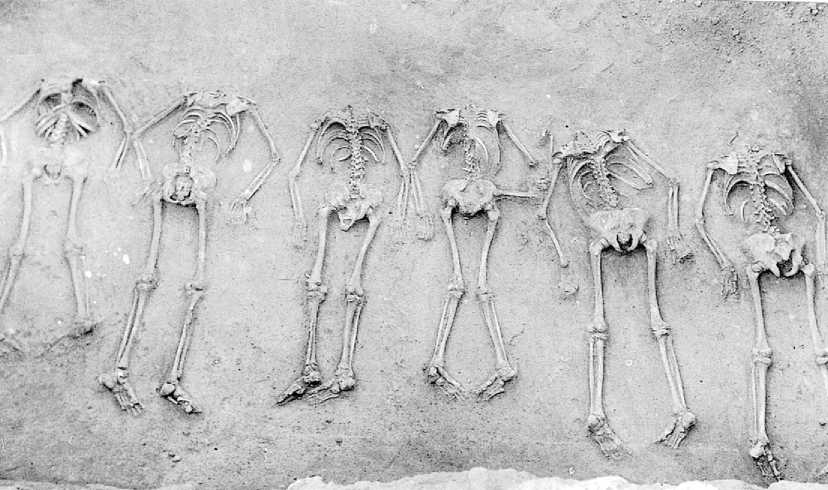
Figure 24 Headless interments of human sacrificial victims in tomb 1001 at Yinxu (adapted from Cambridge Illustrated History of China: 24, with permission).
The regional sub-traditions of Erlitou, Erligang, and Yinxu. On the one hand, they were political entities transplanted from the core civilization so that they were unmistakably Erlitou or Shang. On the other hand, interaction with the local indigenous traditions made them increasingly different from the core civilization. This greater sphere of societies with a common organizational pattern should not be viewed as a continuous geographic zone; they were mostly nodes and routes in a landscape otherwise occupied by simpler indigenous groups. The responses of indigenous groups varied from cooperative to hostile. Nonetheless, the expansion created an environment in which cultures of different origins made direct contact. Their interaction forged an increasingly homogeneous cultural entity within the bounds of modern China.
The rulers of the states of the core civilization do not seem to have had jurisdiction over the people in the greater civilization sphere. Bone inscriptions indicate that the late Shang king had direct control over a considerable number of people, who he could command to do many tasks. However, political authority of the king was heavily based on the allegiance of leaders of the various lineages. The area directly controlled by the king and the loyal lineages was the area within which the late Shang king could move with safety and was not particularly large. Beyond that limit, the settlements bearing Shang cultural characteristics acted like independent polities and may not have had regular relationships with the
Shang kings. This contention of limited jurisdiction can be further demonstrated by the history and archaeology of the early Zhou.
Military Colonization of Early Zhou
The Zhou was an agricultural group distributed in the Wei valley (Figure 1), 600 km west of Yin. By 1050 BC, the Zhou army had won a decisive victory over the Shang. Facing a vast terrain of over 1000 km stretching from the Wei valley to the east coast, the Zhou employed two strategies to rule: military colonization and forced relocation of the Yin people. After the conquest, the Zhou king created 71 new fiefdoms in strategic locations along the Yellow River. As many as 53 of these polities were governed by the heads of the collateral lines of Royal Zhou. These kin fiefdoms were relatively autonomous entities, although they had certain obligations to the Royal Zhou house. To quell the resistance of the Shang people, the Zhou uprooted the Shang lineages residing in Yin and allotted them to the new fiefdoms.
The fief-building process in the new land involved the erection of a walled settlement, which was called ‘guo’: the people who lived inside the walls called themselves ‘guoren’, or citizens. The vast territory outside the walls was mostly occupied by the indigenous population; they were called the ‘yeren’, or countrymen. The relationship between the citizens and countrymen was sometimes hostile. For instance, the Qi fiefdom was constantly threatened by the
Laiyi group, so that during a period of five generations, they had to send the bodies of the deceased dukes back to the Wei valley for burial. The people of the Yan fiefdom seemed to have faced a more friendly reaction from the indigenous people. At least they were not concerned with burying deceased dukes outside the walls.
In fact, the archaeology of the walled settlement of the Yan at Liulihe, 40 km southwest of Beijing, indicates that the relationship between the groups of different origins was often collaborative. Material remains of the Zhou and Shang origins were about equally represented and were often found in the same ash pits within the settlement. In addition, excavations also yielded small numbers of artifacts of the indigenous style. The patterns of material remains indicate that early citizens of the Yan comprised the Zhou people from Wei valley and the Shang people from Yin. They were either residing side-by-side within the walls, or engaged in intensive collaboration in the cultural and economic fields. The rare, but nonetheless present, indigenous material remains indicate that they traded material resources with the local population.
As predicted by the written texts, the countryside of the Yan was occupied by the indigenous population. However, in their settlements the material remains bearing Shang-Zhou traits increased through time. It is observed that during the early Western Zhou period, artifacts of Shang-Zhou styles were found only within a radius of 30 km from Liulihe. This area expanded through time and could have reached a radius of 70-90 km in the late Western Zhou. For instance, three wood-chambered burials were excavated in Baifu Village, Changping County, about 60 km north of Liulihe. The structures and furnishings of these three graves are comparable to the mid Western Zhou elite graves at Liulihe. They were either burials of elite figures from Liulihe, or of indigenous elite figures highly acculturated by the Liulihe group.
Textual and archaeological studies of colonization by early Zhou rulers painted an ambiguous picture of territorial occupation and control of the expansion of early civilization. According to the Zhou texts, all the land to the coast was the land of Royal Zhou. In reality, Royal Zhou and its kin fiefdoms had limited jurisdiction over this vast territory; they shared it with the indigenous groups. Moreover, Royal Zhou’s control over the kin fiefdoms was based on the kinship ties and charisma of the Zhou king. Because of the difficulty in communication and the weakening of kinship ties with time, the kin fiefdoms acted more and more like autonomous states. Eventually the Royal Zhou house lost all but a token title. After
Shihuangdi (the First Emperor) conquered all the other states, he levied immerse labor forces to build a network of roads in a campaign to unify China Proper. Before an effective communication system was established, the decrees of the kings in China could have reached only a very limited core area.
Offshoots of the Central Plains Civilization
The evidence of the early Zhou expansion shows that the relationship between the budding polities in the greater civilization zone and the core polity was mainly a loose alliance and became increasingly weakened. However, there is indication from the written texts that Dixin, the last Shang king, was concerned about the eastern territories and raised a military campaign against an indigenous polity called Tufang that lasted for 200 days. Campaigns like that would have renewed the tie between polities in the greater civilization sphere and the core polity. The archaeological record in Shandong complements these written texts.
In Shandong, some large sites show strong late Shang characteristics in many aspects, while some sites yielded only small numbers of late Shang bronzes. Subutun was one of the typical Shang cemetery sites. The sites had been looted for decades before archaeological excavation. Only ten tombs of the Yinxu phase were found, but three of them had ramps like those of the Yinxu’s royal cemetery, albeit the ramps at Subutun were shorter. Tomb Ml was a four-ramped tomb (Figure 25). Despite being looted, it still yielded two large ceremonial bronze axes (Figure 26), one inscribed with the emblem of ‘Ya Chou’ (Figure 27). Fragments of other bronze artifacts also bear the same emblem. Of the 48 human sacrifices, nine of them received proper burials in caskets in the floor of the chamber and the ledge. The remaining sacrifices were mostly young males in their teens, many consisting of skulls only, were buried without offering on the floor of south ramp. If the standard of Yinxu burials could be applied at Subu-tun, Ml was the burial of a ruling family member, who was probably the head of the Ya Chou collateral line. Subutun seems to share similarities with the Yin in ideology, social organization and material culture. Yet, it is located some 400 km east of Yinxu.
The expansion of the early Shang civilization reached as far south as the Yangzi basin, over 600 km from Zhengzhou. The southward expansion was very likely motivated by the opportunities of copper trade. The Wucheng tradition was one of these early Shang offshoots. It was distributed in the lower and middle reaches of Gan River and the drainage of Poyang
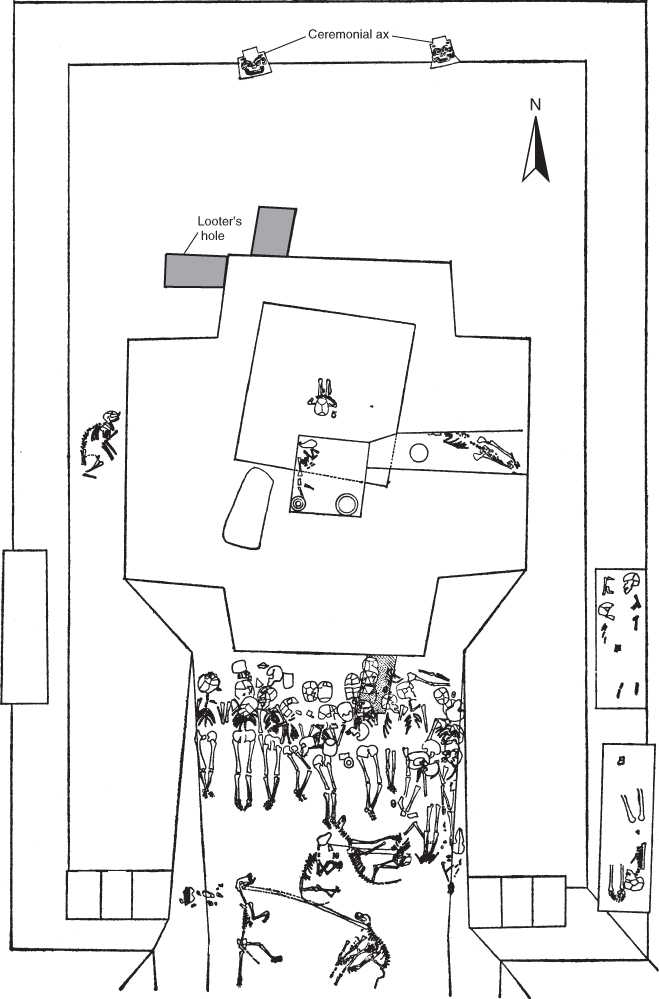
South ramp
Figure 25 Partial plan of tomb M1, Subutun (Shandong Provincial Museum, with permission).
Lake. The pottery and bronze assemblages of Wucheng shared startling similarity with those of the Central Plains of the late Erligang and Yinxu phases, indicating that the formation of Wucheng tradition was strongly stimulated by the civilization of the Central Plains. The political entity embodied by the Wucheng tradition very likely had strong political tie to, or was a fiefdom of the Shang. However, the Wucheng tradition became increasingly strong in its local cultural characteristics so that it developed some unique features by the late phase. Nevertheless, the
Overall similarities between the material culture of Wucheng and Shang suggests that contact with the Central Plains had not been interrupted.
The most spectacular findings of the Wucheng tradition were yielded from the large tomb at Dayangzhou, Xin’gan (Figure 28). The Dayangzhou tomb, yielded more than 1900 artifacts made of bronze, jade and pottery, is the second richest Early Bronze Age burial ever excavated, surpassed only by the Fu Hao tomb. The 50 or so bronze vessels are dated from the Erligang phase to the Yinxu phase, indicating
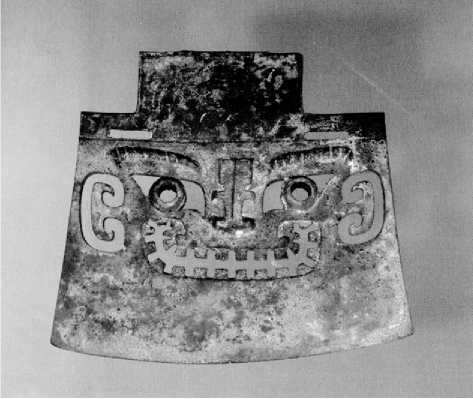
Figure 26 One of the two ceremonial bronze axes yielded from tomb M1, Subutun (Shandong Provincial Museum, with permission).
The tomb was used in the late Shang period. The earlier bronzes must have been treasured for generations before being placed in the tomb. The earliest bronzes are almost exact copies of those found in Zhengzhou. Later bronzes show the gradual emergence of local stylistic features. For instance, one of the rectangular-bodied ding is, in most respect, similar to that found in the caches of Zhengzhou, but it differs by the addition of a pair of tigers standing on the tops of the handles (Figures 29 and 30). This is a local feature repeated on at least ten other bronzes from the tomb. The tomb also yielded a unique bronze mask not seen in the mid-Yellow River valley (Figure 31). Among the bronze offerings were more than 100 specimens of bronze utilitarian tools, such as farming and woodworking tools, which were seldom used as grave offerings in the Central Plains.
The Wucheng civilization was sustained by a copper mining industry. Some 120 shafts and galleries
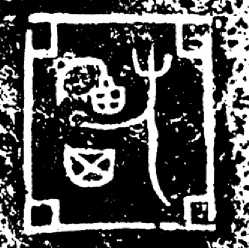
Figure 27 Ink robbing of the ‘‘Ya Chou’’ emblems on bronzes believed to be looted from Subutun (adapted from Kaogu Xuebao 1977(2): 24, with permission).
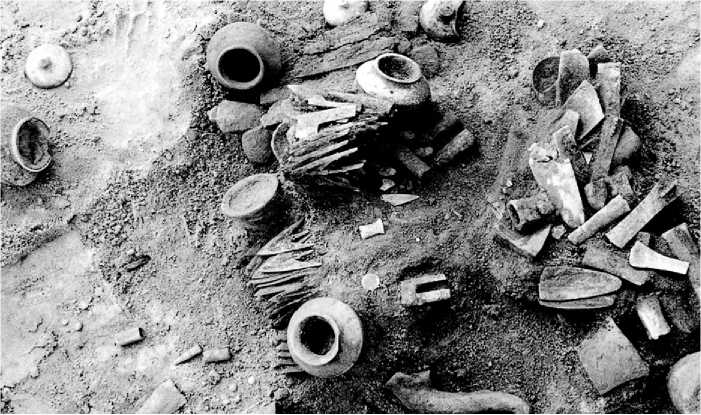
Figure 28 Excavation of the Shang tomb at Dayangzhou (Jiangxi Provincial Institute of Cultural Relics and Archaeology, with permission).
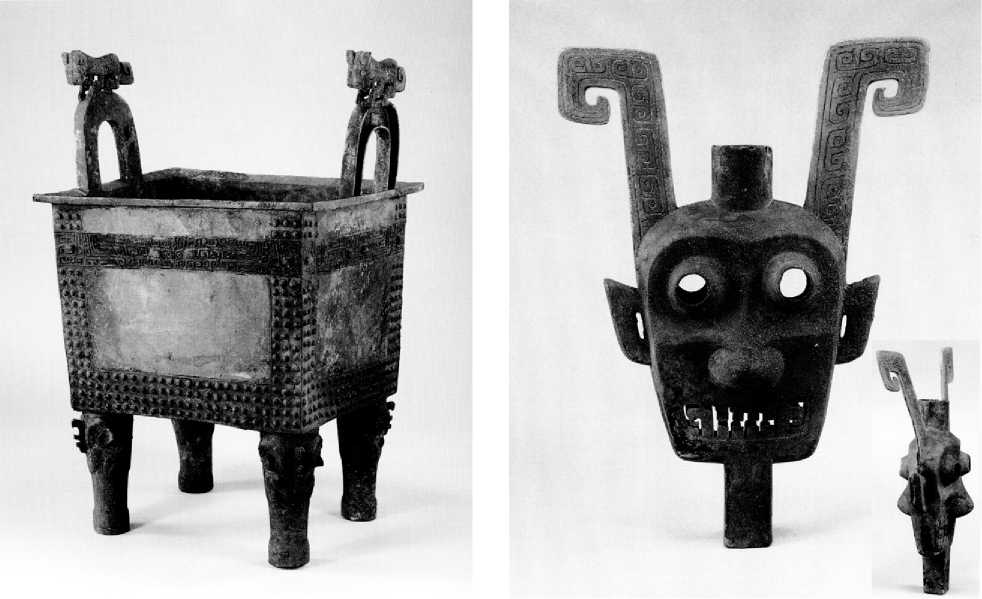
Figure 29 A rectangular-bodied ding-vessel found in the Shang tomb at Dayangzhou (Jiangxi Provincial Institute of Cultural Relics and Archaeology, with permission).
Figure 31 Front and side view of the Bronze mask found in the Shang tomb at Dayangzhou (Jiangxi Provincial Institute of Cultural Relics and Archaeology, with permission).
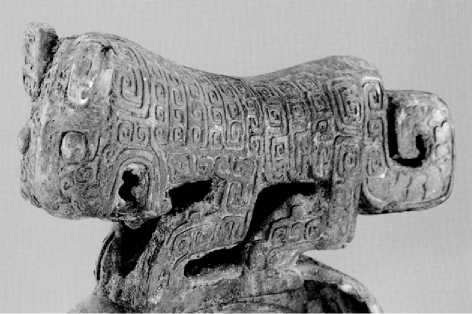
Figure 30 Close-up of the tiger motif of Dayangzhou (Jiangxi Provincial Institute of Cultural Relics and Archaeology, with permission).
Were found in Tongling, a copper mine operated from the Shang to the Warring States period. The site also yielded remains of two smelting furnaces, indicating an industry included mining and smelting on the site, and the shipping of copper ingots at a later time. It is not clear if the copper ore mined from Tongling was one of the sources of the bronze industry of the midYellow valley; but it is almost certain that it was used locally. Copper slag, molds of utilitarian tools, and bronze weapons were found in the Wucheng site.
The Wucheng civilization shared the Poyang basin with an indigenous group represented by the archaeological tradition of Wangnian. The pottery assemblage of Wangnian tradition was rooted in the earlier indigenous Neolithic traditions and was different from that of the Wucheng. For instance, the H was the major pottery kitchenware of Wucheng; but the ding was the typical cooking pot found in the Wangnian sites. Nonetheless, some Wangnian pottery and bronze vessels were decorated with the spiral pattern typical of the Shang. Interaction between the Wucheng civilization and the indigenous Wannian tradition certainly occurred.




 World History
World History









